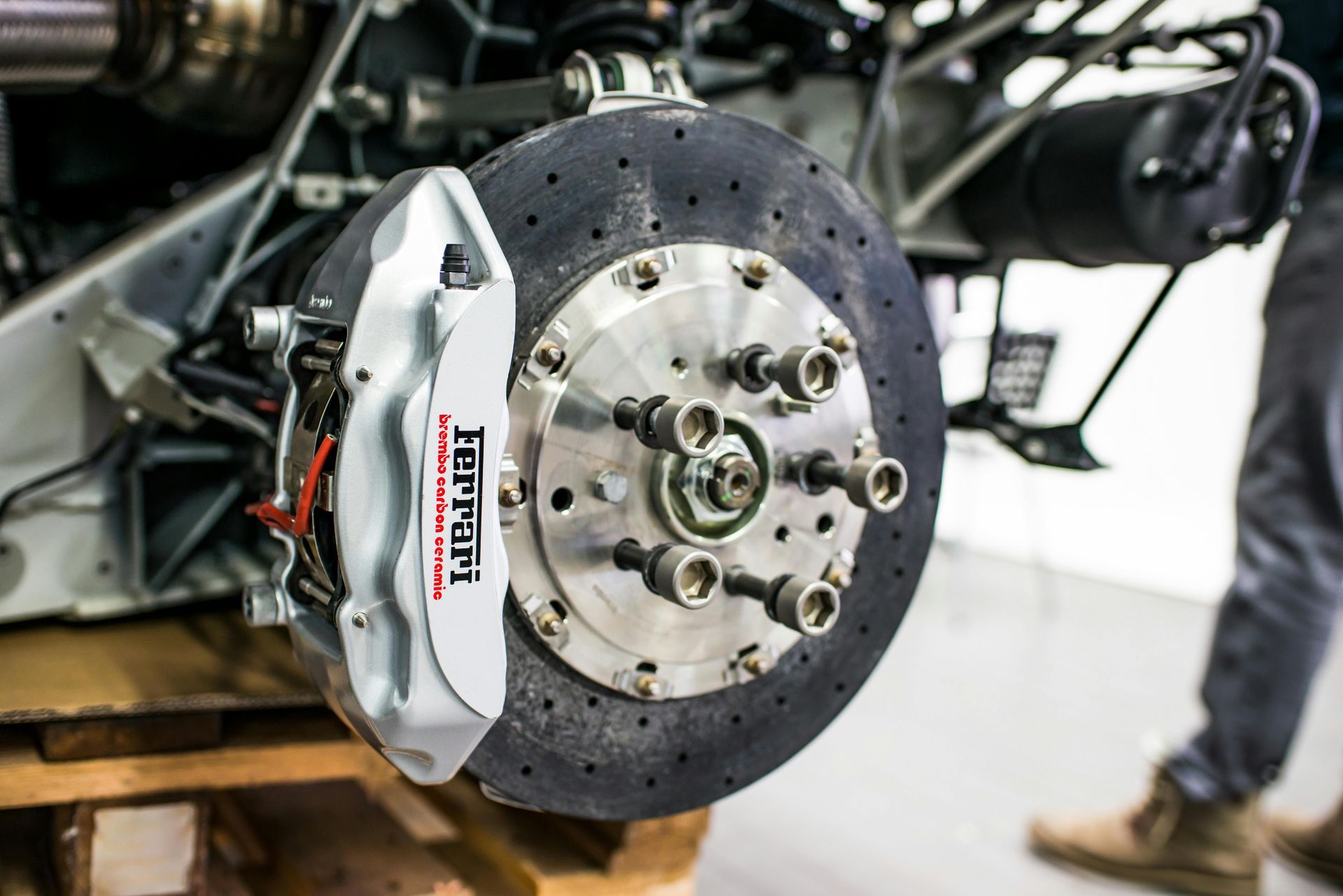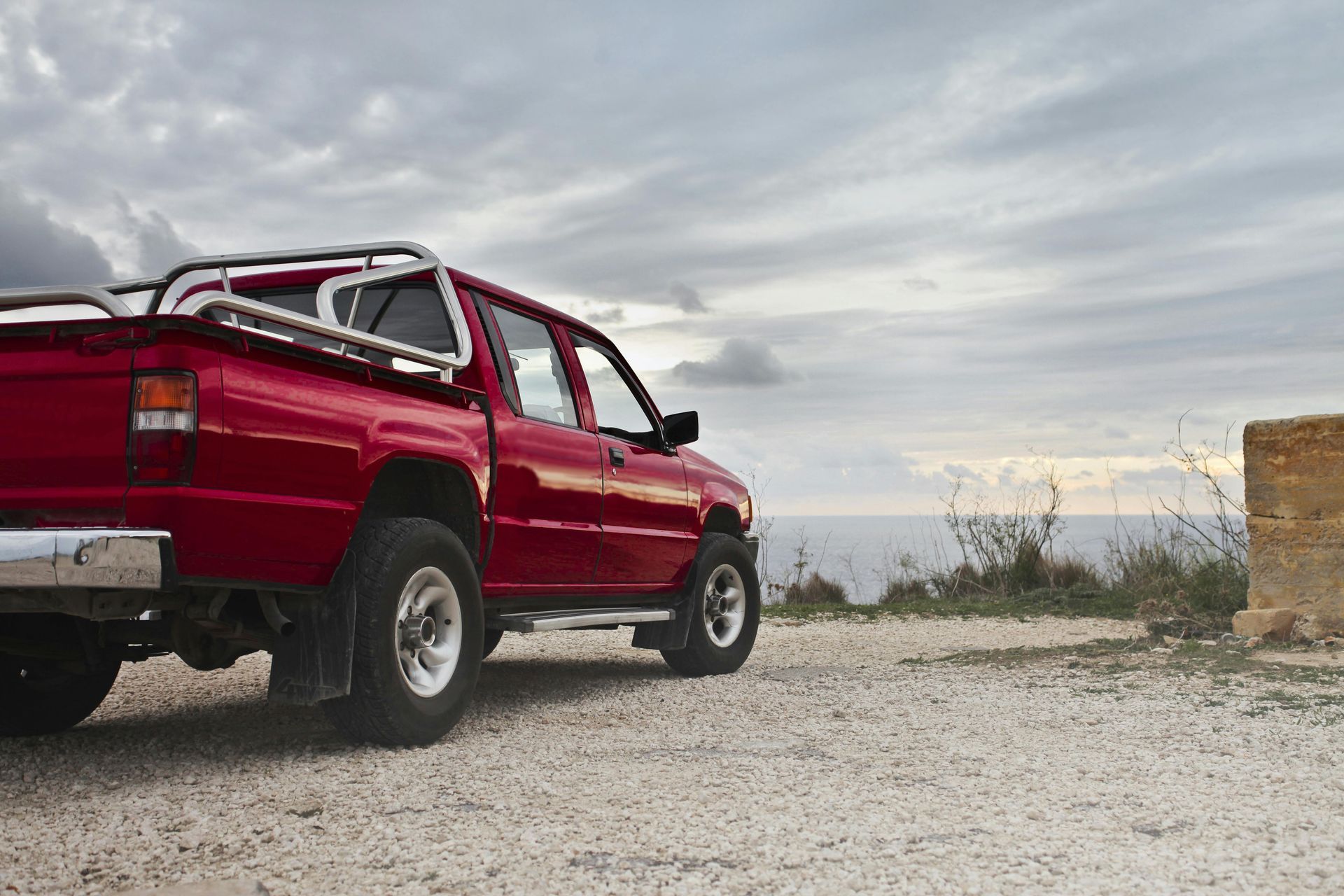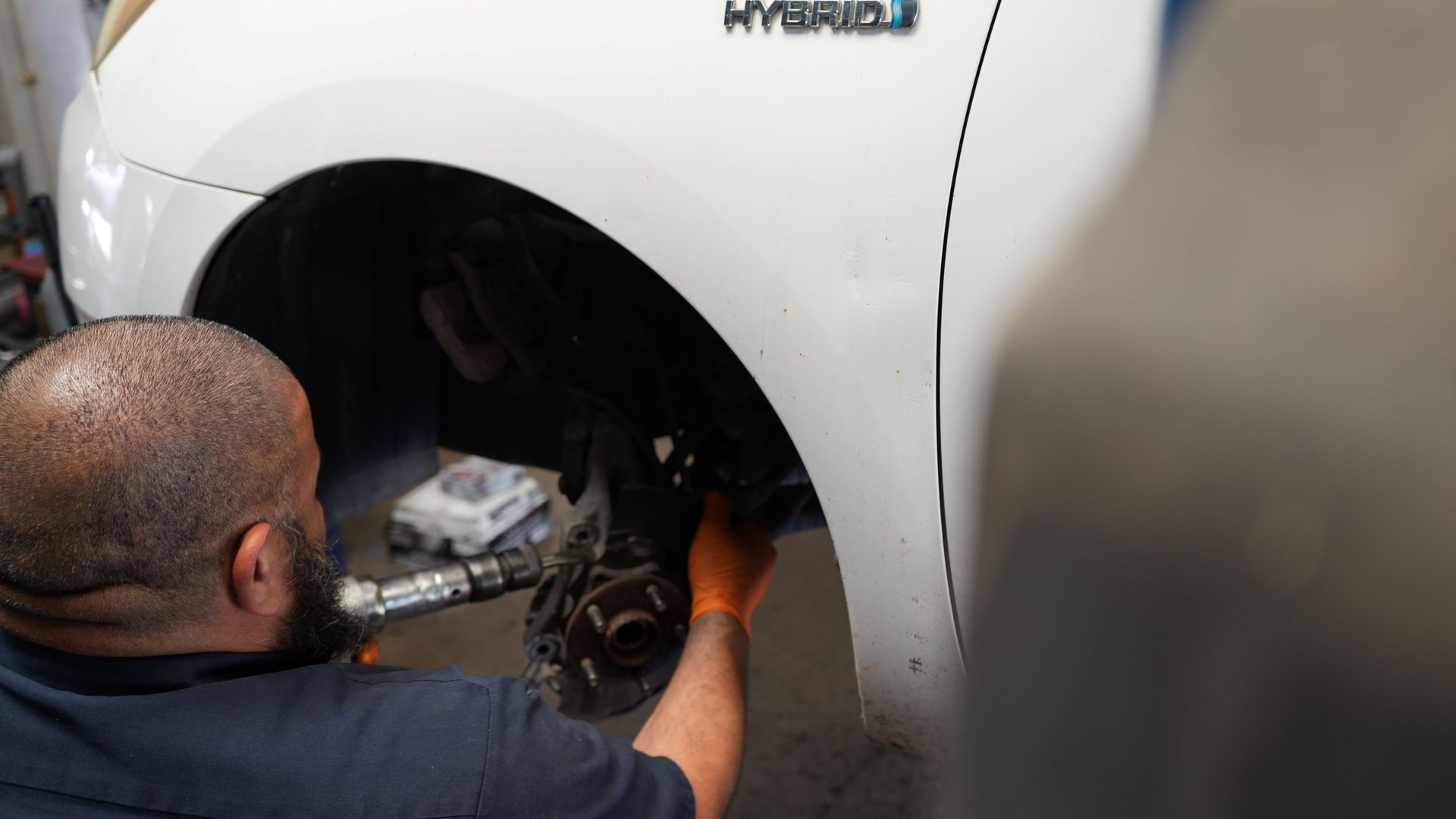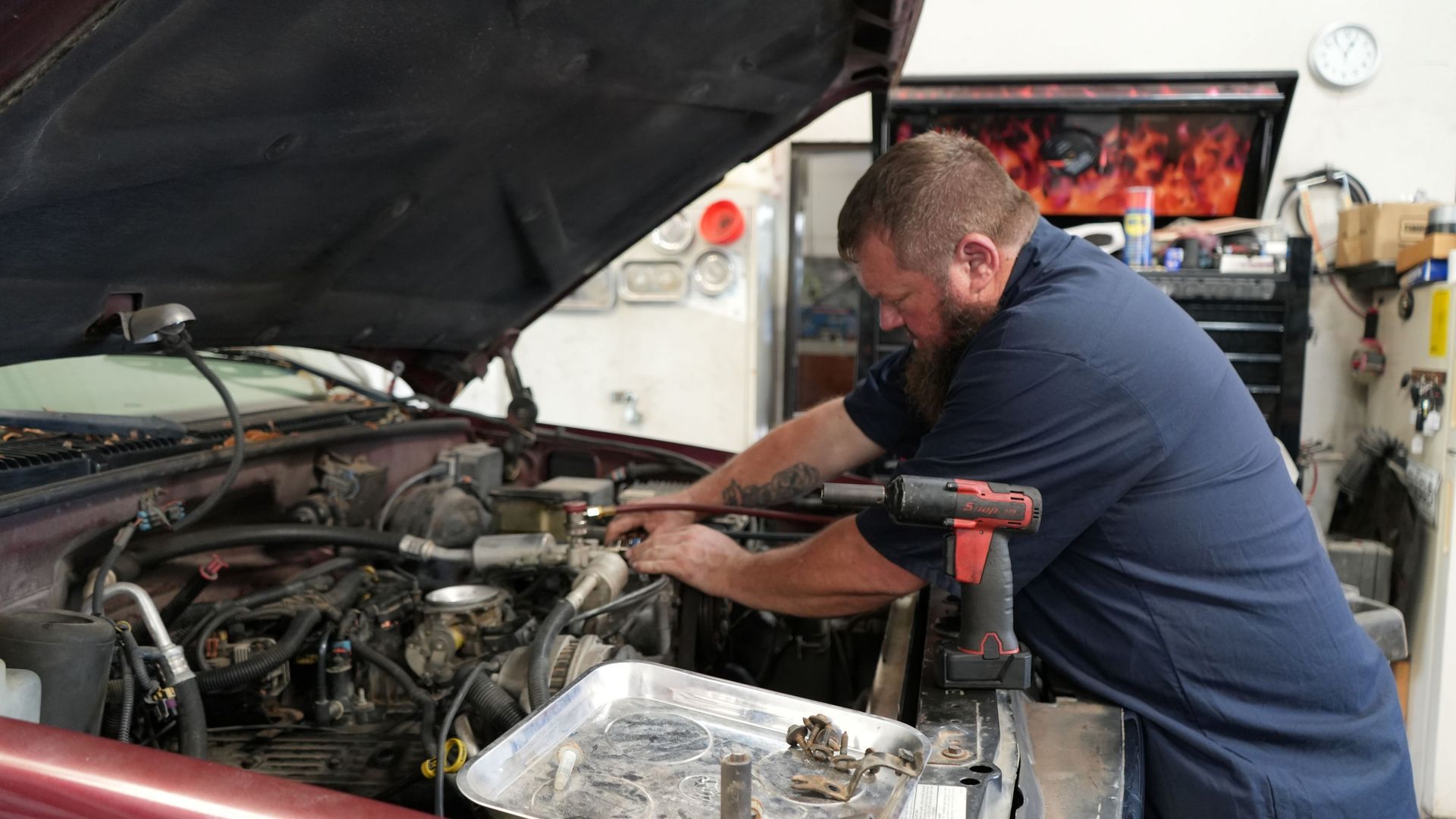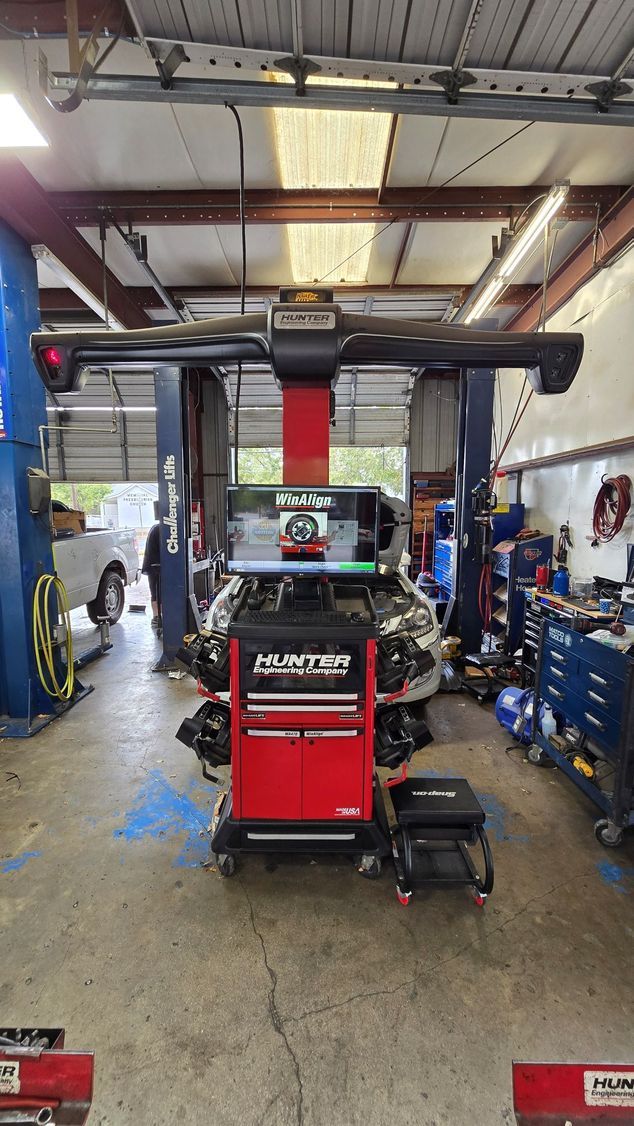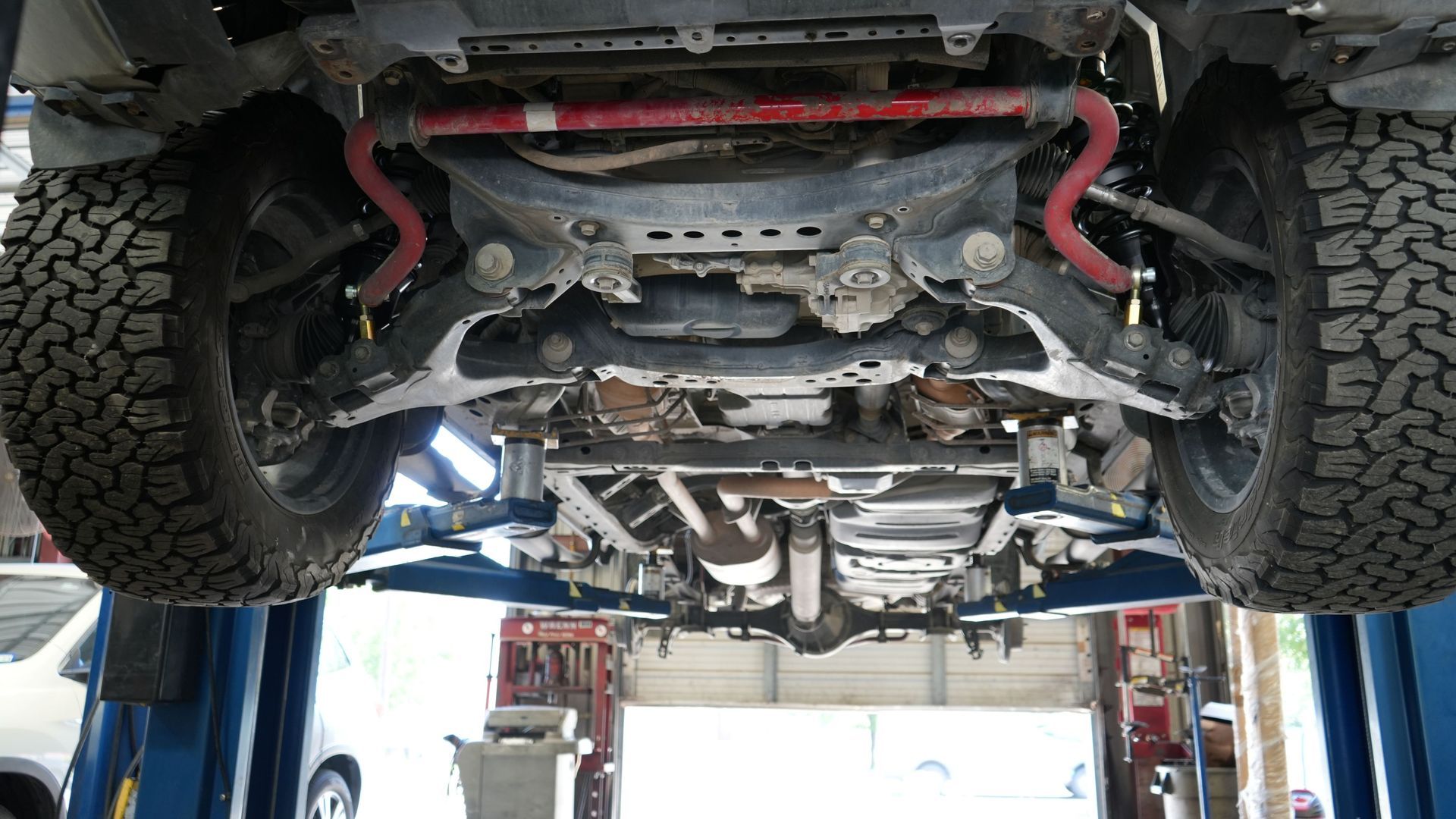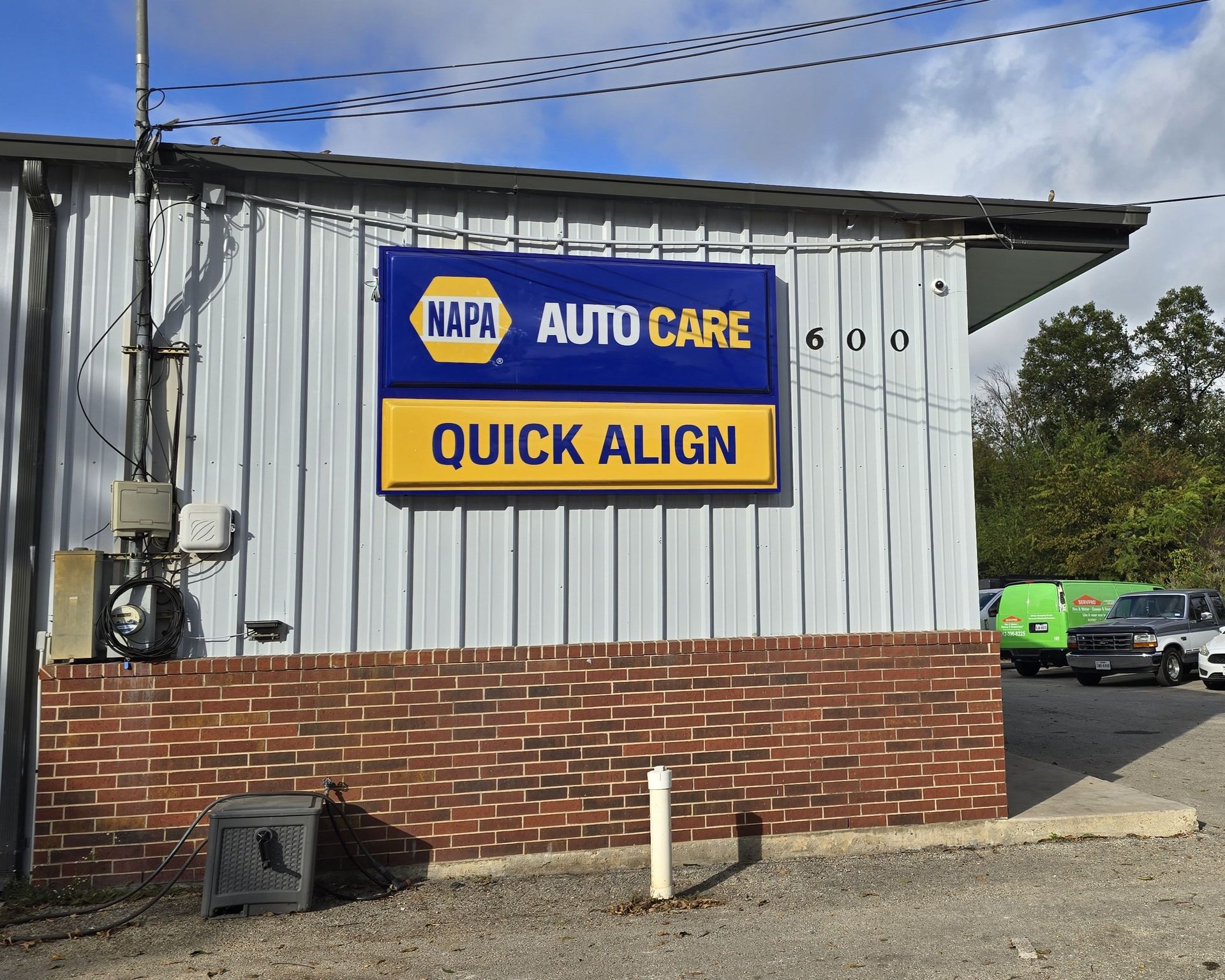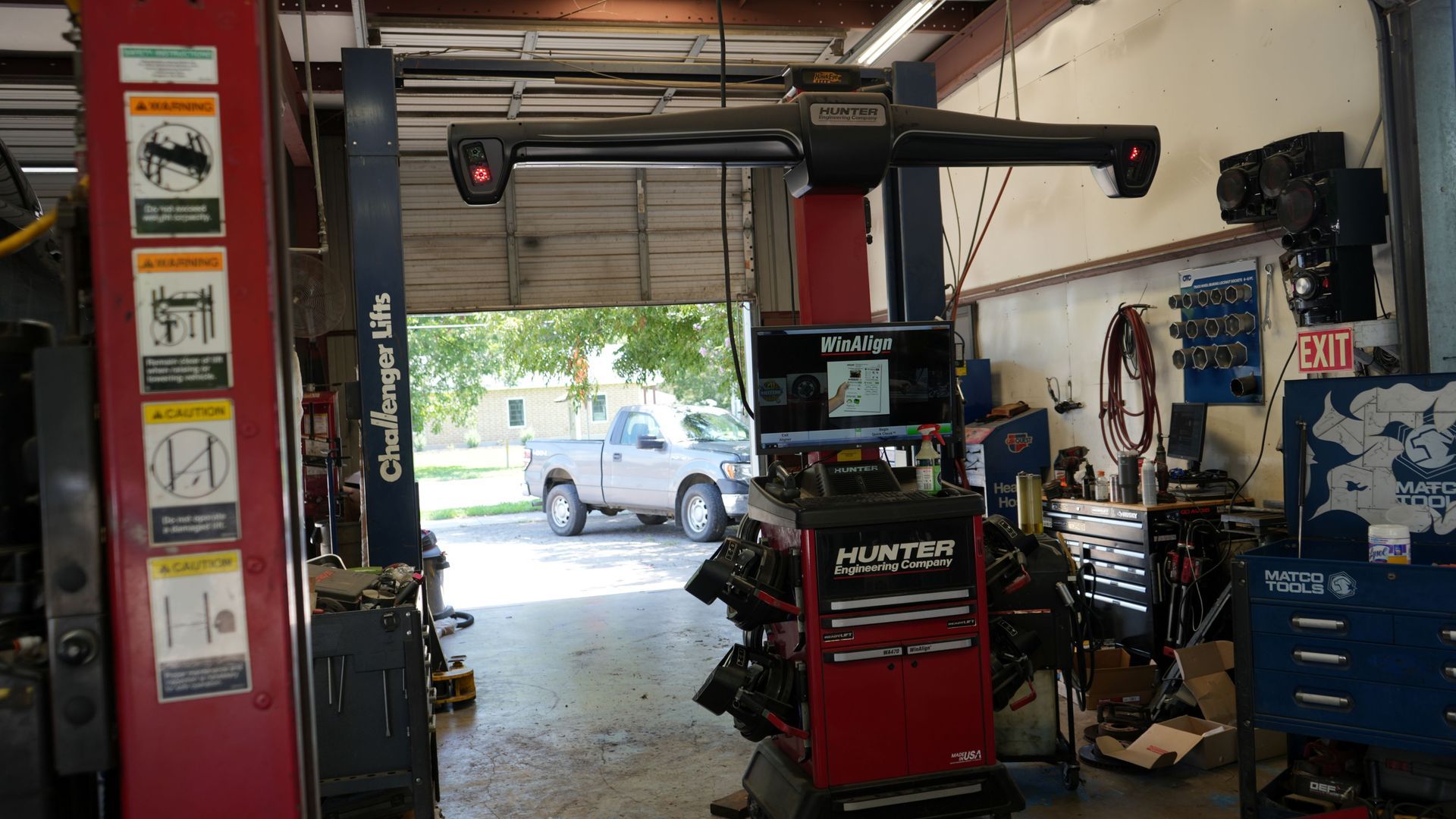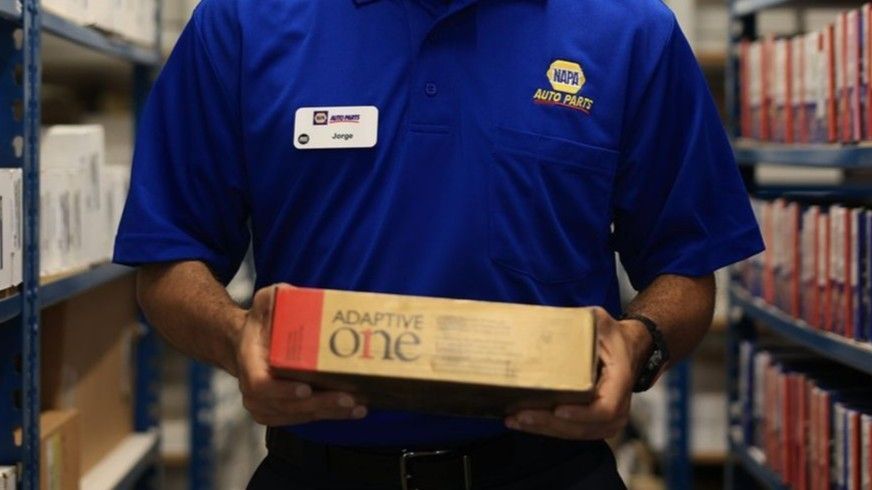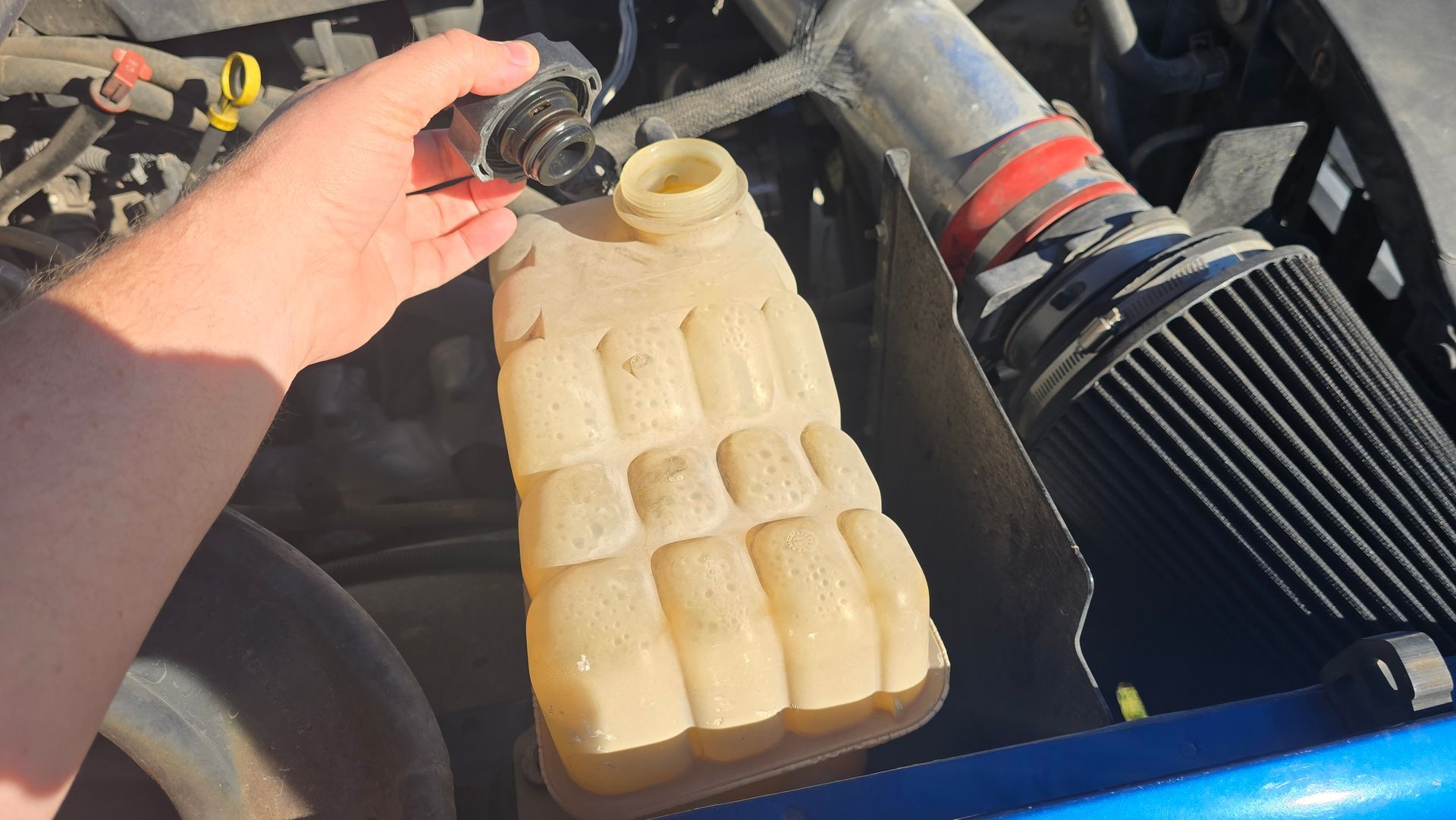Common Signs of CV Joint Failure
Common Signs of CV Joint Failure: How to Identify and Address the Issue
The constant velocity (CV) joint is a crucial component of your vehicle's drivetrain, responsible for transferring power from the transmission to the wheels while allowing for smooth movement and flexibility. However, like any other component, CV joints can fail over time, causing a range of problems for your vehicle. In this blog, we'll explore the common signs of CV joint failure, how to identify the issue, and what to do to address it.
What is a CV Joint?
A CV joint is a type of joint that connects the transmission to the wheels, allowing for smooth movement and flexibility. It's designed to withstand the stresses of driving, including twists, turns, and bumps. However, over time, the CV joint can wear out, causing a range of problems for your vehicle.
Common Signs of CV Joint Failure
Here are some common signs of CV joint failure:
- Clicking or clunking noises: If you hear a clicking or clunking noise when you're driving, it could be a sign that the CV joint is failing.
- Vibrations: If your vehicle is vibrating or shaking, it could be a sign that the CV joint is worn out.
- Difficulty turning: If you're having trouble turning or if the vehicle is pulling to one side, it could be a sign that the CV joint is failing.
- Leaks: If you notice any leaks or signs of wear around the CV joint, it's likely that the joint is failing.
- Uneven tire wear: If your tires are wearing unevenly, it could be a sign that the CV joint is not functioning properly.
How to Identify CV Joint Failure
If you suspect that your CV joint is failing, here are some steps you can take to identify the issue:
- Inspect the joint: Take a closer look at the CV joint and look for any signs of wear or damage.
- Check the boots: The boots are the rubber or plastic covers that protect the CV joint. If they're damaged or cracked, it could be a sign that the joint is failing.
- Look for leaks: Check the area around the CV joint for any signs of leaks or fluid loss.
- Take it for a test drive: Take your vehicle for a test drive and pay attention to any unusual noises or vibrations.
What to Do if You Experience CV Joint Failure
If you experience CV joint failure, it's essential to address the issue as soon as possible. Here are some steps you can take:
- Replace the joint: If the CV joint is failing, it's likely that it will need to be replaced.
- Repair the boots: If the boots are damaged, they may need to be repaired or replaced.
- Check the surrounding components: It's essential to check the surrounding components, such as the axles and bearings, to ensure that they're not damaged.
- Take it to a mechanic: If you're not sure what to do or if you're not comfortable with DIY repairs, it's best to take your vehicle to a mechanic.
Conclusion
CV joint failure can be a serious issue, causing a range of problems for your vehicle. However, by being aware of the common signs of failure and taking steps to identify and address the issue, you can help prevent more serious problems from developing. Remember to always prioritize your safety and the safety of others on the road.
At Quick Align Automotive, we specialize in CV joint repairs and replacements. Our experienced technicians use the latest technology and techniques to ensure that your vehicle is running smoothly and safely. Contact us today to schedule an appointment and get back on the road.
